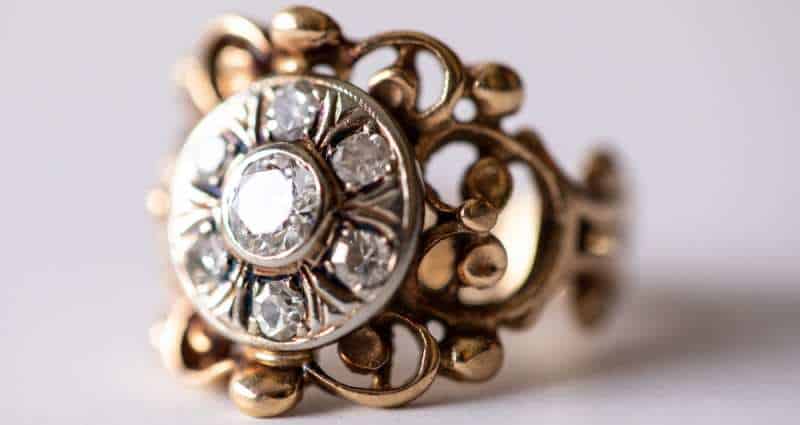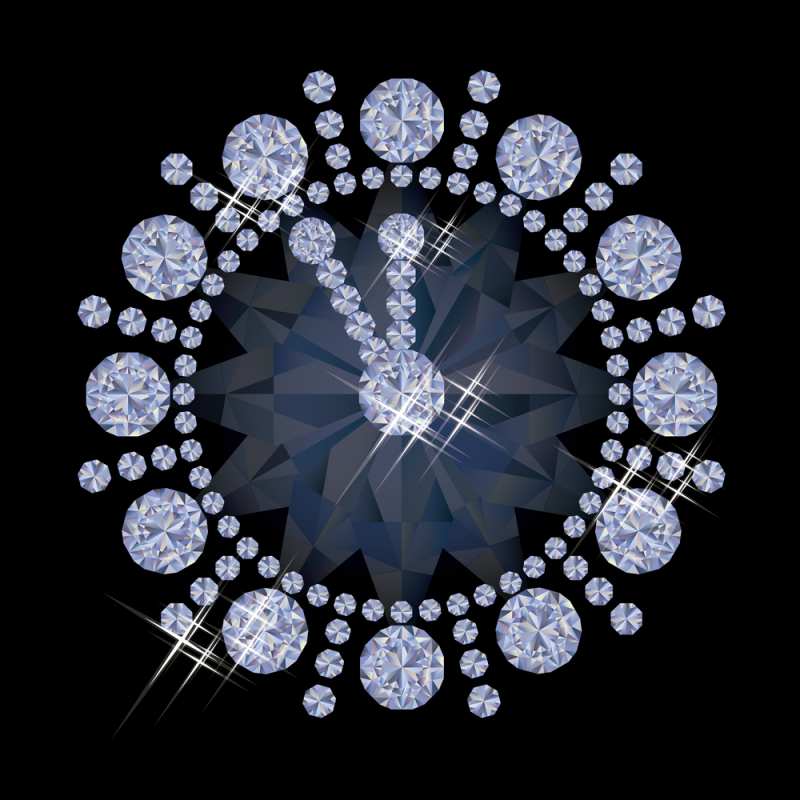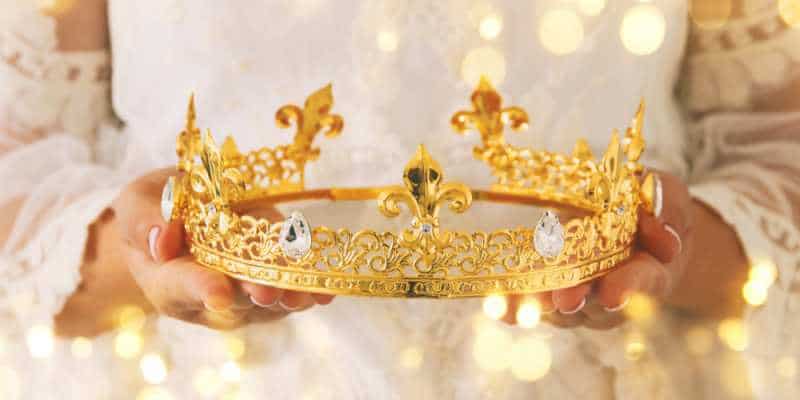The timeless allure of diamonds raises questions about their aging process. Do diamonds improve over time? Are antique diamonds more captivating?
Regardless of age, diamonds continue to captivate with their enduring appeal. Diamond jewelry remains highly desirable and sought after, whether it features antique or modern diamonds.
Now, let’s delve into the topic of diamond aging.
DESIGN YOUR OWN ENGAGEMENT RING: START WITH A SETTING OR START WITH A DIAMOND. IT’S REALLY UP TO YOU!

Old Or New? Are Diamonds Better With Age?
The notion that diamonds improve with age is often compared to fine wine. Some argue that antique diamonds, especially those hand-cut in the past, possess a distinct artistic quality. These classic jewelry pieces exude a charm that machine-cut modern diamonds cannot replicate.
With advancements in laser cutting techniques, contemporary diamonds are crafted with unparalleled precision, approaching near-perfection. However, while antique diamonds may exhibit irregularities, they are cherished for their individuality, which can enhance their value.
The impact of modern technology and cutting techniques on the diamond industry remains a topic of debate. Some believe that diamonds have lost a bit of their enchantment. Traditional diamond cutting has evolved to prioritize achieving ultimate perfection. However, antique diamonds, despite being less “perfect” by modern standards, stand out due to their unique characteristics and nostalgic allure.
For instance, antique cuts with heavier crowns offer greater scintillation, appealing to those who prefer vibrant flashes of color and radiance. The antique cut facets provide a distinct aesthetic that distinguishes them from their modern counterparts.

Diamond Craftsmanship Through History
The journey of diamond cuts has been an intriguing one, and unfortunately, several cut styles are now only found in antique jewelry, making them challenging to acquire. Let’s explore some of these bygone diamond cuts:
- The “Old Mine” Cut:
The Old Mine cut diamonds originated in the Georgian era but remained popular during the Victorian and Edwardian periods. They are often mistaken for Old European cut diamonds, but they have a square shape with rounded edges, distinguishing them from Princess cut gems. Old Mine diamonds have 58 facets like modern brilliant-cut diamonds, but their unique features include a smaller table, a larger culet, a higher crown, and short lower half facets with a thin girdle. Each stone’s dimensions varied since they were handcrafted by grinding and polishing two diamonds together. - The “Old Euro” Cut:
The rounded Old European cut diamond, also known as the Old Euro Cut, was prevalent in the late Victorian, Edwardian, and Art Deco eras. Its round shape, higher crown, and greater total depth result in a whiter appearance compared to similar-colored modern round brilliants. The Old Euro cut diamonds are considered predecessors to modern round brilliant cuts and are often confused with Old Mine cut diamonds. - The “Rose” Cut:
Rose cut diamonds gained popularity during the Georgian Era in the 1700s. They feature a domed top, a flat base, and distinctive triangle facets resembling a fully bloomed rose with spread-out petals. While they sparkle and reflect light similarly to brilliant-cut diamonds, Rose cuts have fewer facets, ranging from 3 to 24. Due to their lack of a pointed bottom section, they sit closer to the hand, exhibit a more subtle shine, and appear more prominent than brilliant-cut diamonds of the same weight and price. - The “Asscher” Cut:
The Asscher cut, created by the Royal Asscher Diamond Company in 1902, gained popularity in the 1920s during the Art Deco era. This step-cut diamond typically has a rectangular shape with parallel facets, creating an orderly appearance. Symmetry is crucial for Asscher cuts, and flaws in symmetry are more noticeable than in other shapes. While Asscher diamonds offer clean lines, they may appear less sparkling compared to round brilliants or oval cuts. Finding Asscher diamonds can be challenging, as they constitute only about 2% of all diamonds. - The “Emerald” Cut:
The Emerald cut emerged in the 1930s as a replacement for table and step cuts, becoming standardized in the 1940s. These diamonds exhibit a hall of mirrors effect and have a strong and durable structure, making them resistant to chipping. Emerald cut diamonds have a vintage appeal and pair well with both vintage and modern jewelry. While high clarity may be difficult to find, their prices are typically lower than round brilliants. - The “Brilliant” Cut:
The Brilliant cut, popular since the 1940s and continuing to be sought after, features 58 angular facets distributed across the crown, girdle, and pavilion of the diamond. It is typically round and renowned for its exceptional brilliance and sparkle. Round brilliant cut diamonds dominate the market, comprising around 75% of all available diamonds. They carry a premium due to their popularity and the significant amount of waste generated during the cutting process. When purchasing a round brilliant cut diamond, pay close attention to the cut grade, as it guarantees maximum sparkle and brilliance.
Each diamond cut offers its own unique charm and characteristics, allowing individuals to find the perfect fit for their preferences and style.

Are There Any Good Reasons For You To Buy An “Aged” Diamond?
As we reflect on the historical journey of diamond cutting, it becomes evident that advancements have been driven by a pursuit of perfection and aided by technological developments. Modern round brilliant cuts, now executed by precise machines, come close to the ideal sought after by diamond enthusiasts. Standardization and regulation have further enhanced the consistency of diamond cuts.
However, antique diamonds also possess distinct advantages. Firstly, they offer a more environmentally friendly choice, having been handcrafted and mined in the past, leaving a zero-net impact on the environment. Additionally, antique diamonds often find new life through recycling, as heirloom stones are repurposed or recut to align with modern styles, ensuring their continued relevance and popularity.
From a financial standpoint, purchasing an antique diamond can prove to be a sound investment. Generally, these diamonds provide greater value for money, and their value tends to endure over time. Moreover, antique diamonds carry a sense of romance and mystique. According to legend, a worn diamond brings the luck of the women who wore it before, adding an element of enchantment to these precious stones.
The history associated with antique diamonds adds an intriguing dimension and can also contribute to their financial worth. Diamonds with captivating stories, such as those once worn by royalty, hold a particular allure and are highly prized by collectors and enthusiasts alike.

Conclusion
When it comes to choosing a diamond for a special occasion, the decision ultimately rests on your personal preferences. We cannot simplify the choice by definitively recommending either an antique diamond or a modern one.
It is a matter of your individual taste and what resonates with you. While diamonds do not necessarily improve with age, older diamonds still possess unique qualities that can be appreciated. Handcrafted and one-of-a-kind, antique diamonds hold a certain allure, particularly for the independent and discerning younger generation we are nurturing today.
It is important to note that antique diamonds are highly elusive in the market, especially when seeking a high-quality piece. However, based on the factors we have explored, we encourage you to embark on the journey of finding an antique diamond and see if it captures your heart.


